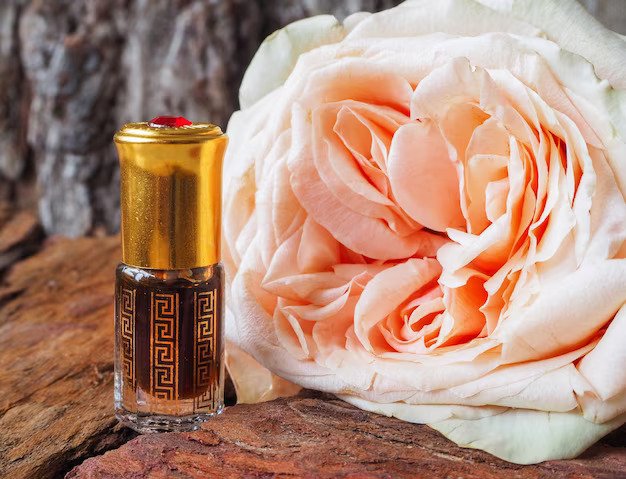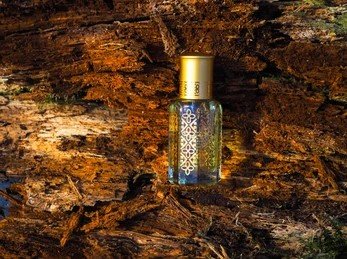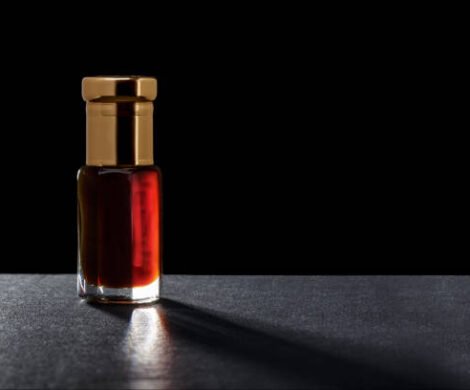The Ultimate Guide to Attar: Origins, Types, and Production

Welcome to the enchanting world of attar, where fragrance becomes an art form. In this comprehensive guide, we will delve into the origins, explore the various types, and unravel the intricate production process that makes attar a timeless and cherished olfactory experience.
The Origins of Attar: A Fragrant Journey Through Time
Attar, derived from the Persian word ‘ittar,’ meaning perfume, has a rich history that spans centuries. Its origins can be traced back to ancient civilizations, where skilled artisans perfected the art of capturing nature’s essence. Initially, attar was crafted for royalty and nobility, becoming an integral part of cultural practices and rituals.
Types of Attar: A Symphony of Scents
Attar comes in a myriad of scents, each telling a unique story. From floral and woody to spicy and exotic, the types of attar available cater to diverse preferences. The beauty of attar lies in its ability to evoke emotions and memories through its distinct fragrances.
Floral Attars: Delicate and captivating, floral attars are crafted from the essence of blossoms like rose, jasmine, and lavender.
Woody Attars: Grounding and earthy, woody attars use the essence of sandalwood, cedar, and agarwood to create a warm and comforting aroma.
Spicy Attars: Bold and invigorating, spicy attars blend fragrances like cinnamon, cardamom, and clove for an exotic olfactory experience.
Exotic Blends: Artisans often create unique blends, combining various botanical essences to produce attars that are one-of-a-kind.
The Art of Attar Production: Nature’s Essence Captured
The production of attar is a meticulous and labor-intensive process, preserving the purity and richness of natural ingredients. Artisans utilize traditional methods that have been passed down through generations.
Harvesting: Attar production begins with the careful harvesting of botanicals at their peak. This ensures the highest concentration of essential oils.
Steam Distillation: The most common method of extraction, steam distillation involves passing steam through the harvested botanicals, capturing their essential oils.
Blending: Attar artisans skillfully blend different essential oils to create a harmonious and balanced fragrance that defines each type of attar.
Maturation: The blended attar is allowed to mature, allowing its various notes to meld and create a complex and nuanced scent.
Appreciating Attar: A Sensorial Journey
To fully appreciate attar, it’s essential to understand the subtleties of its fragrance. Apply attar to pulse points, such as the wrists and neck, and allow the fragrance to unfold over time. The warmth of the skin enhances the attar’s scent, creating a truly personal and intimate experience.
Conclusion: Embracing the Timeless Elegance of Attar
In concluding our ultimate guide to attar, we’ve explored its fascinating origins, the diverse types available, and the intricate production process that elevates it to an art form. Attar is more than a fragrance; it’s a journey through history, culture, and nature’s wonders.
As you embark on your attar exploration, remember to savor each scent, appreciating the craftsmanship and tradition that goes into every drop. Let attar become a part of your sensory story, connecting you to a world of timeless elegance and olfactory delight.





